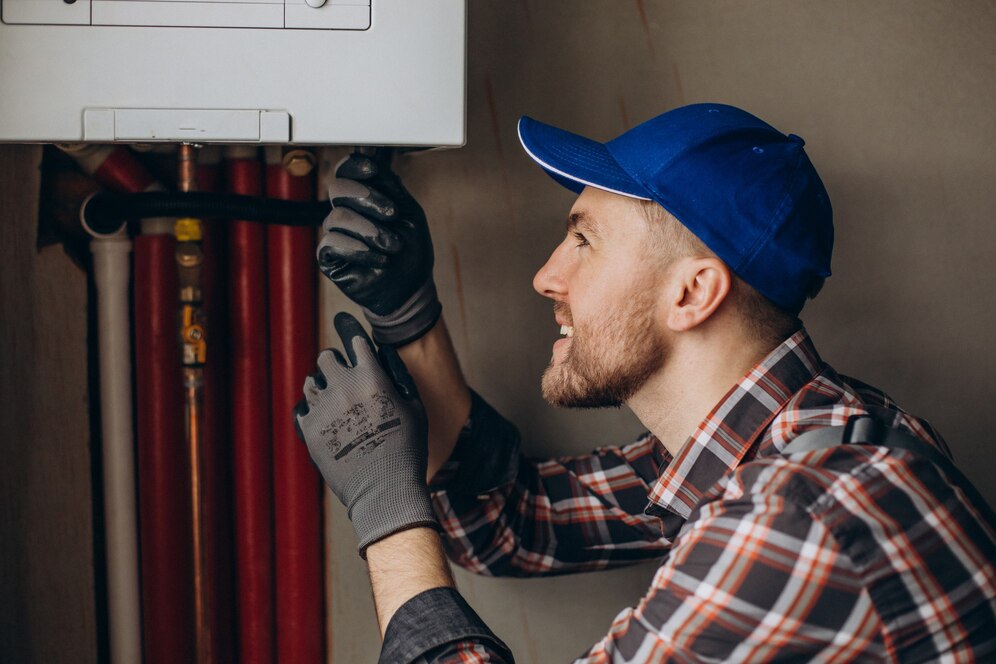During this time of the year, it\’s common to attribute symptoms like a persistent cough, runny nose, sore throat, or headaches to the weather.
However, the true culprits are often common viruses such as rhinovirus or coronavirus, which enter the body through the mouth, nose, or eyes. While cold, dry air can exacerbate the spread of these viruses, it\’s important to recognize that they, not the weather, are responsible for causing or prolonging symptoms. (This information was sourced from reputable authorities including The Weather Channel and the Mayo Clinic.)
If you\’re experiencing discomfort, it\’s likely due to the quality of your indoor air. Fortunately, relief is available with the assistance of a home heating technician from Experts In Your Home, who can also explain why proactive measures are essential for your well-being.
Understanding the Critical Impact
The U.S. Environmental Protection Agency (EPA) consistently warns homeowners about indoor air pollutants, which can be two to five times higher, and in some cases, up to 100 times higher than outdoor pollutants.
Indoor air quality is often compromised by irritants and allergens like dust mites, pet dander, and pollen. Additionally, the EPA identifies secondhand smoke, radon, biological pollutants, and organic compounds among the top threats to public health.
To address these concerns, the EPA recommends regular maintenance of heating, air conditioning, and ventilation systems with biannual tune-ups, ideally servicing the air conditioner in spring and the furnace in fall.
Key Components Impacting Indoor Air Quality
Your furnace plays a crucial role in maintaining indoor air quality, with two components being particularly significant:
The filter: Despite monthly filter checks being recommended, furnaces are often neglected until issues arise. A clogged filter not only impedes airflow but also fails to trap airborne particles, allowing them to circulate through the ducts and into your home. The heat exchanger: Cracks or damage to the heat exchanger can lead to the emission of carbon monoxide (CO) into your home, causing symptoms similar to flu. Rust flakes around the furnace base are an early indicator of heat exchanger problems. Ensuring a clean and properly functioning furnace can protect and even enhance indoor air quality. This is particularly beneficial for individuals with respiratory conditions like asthma or allergies, as well as children, who are more susceptible due to their higher inhalation rate.
Adopting a Comprehensive Approach
Improving indoor air quality involves more than just furnace maintenance. The EPA recommends a holistic approach that includes:
Creating a smoke-free environment Installing CO alarms Testing for radon exposure Controlling moisture to prevent mold growth Implementing proper ventilation techniques to enhance air circulation

